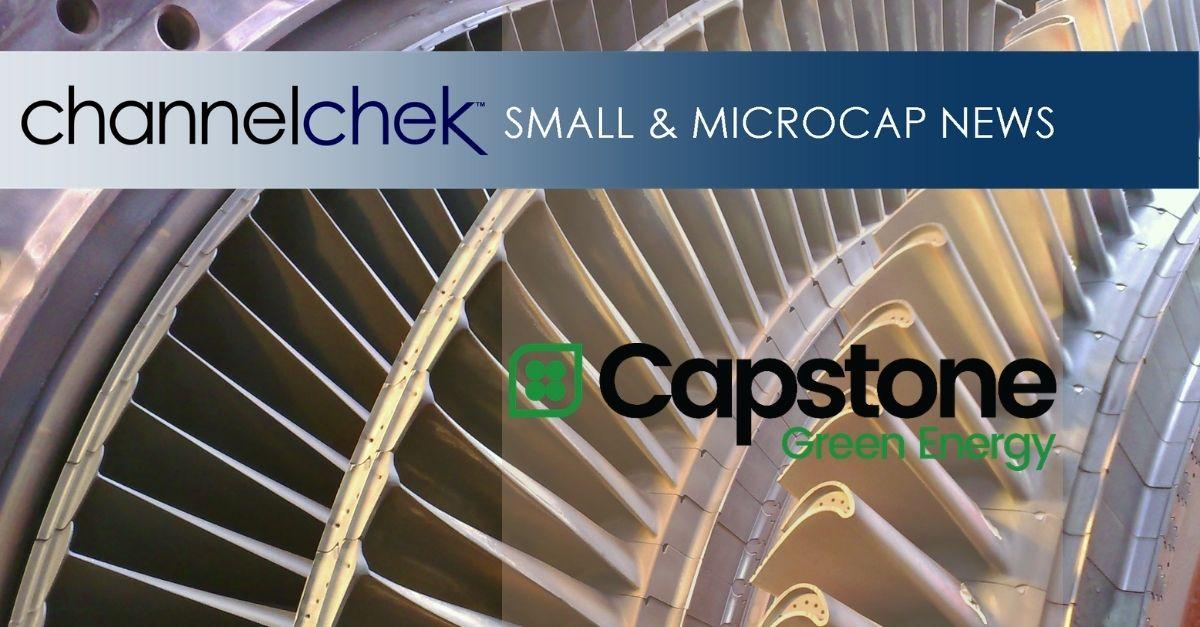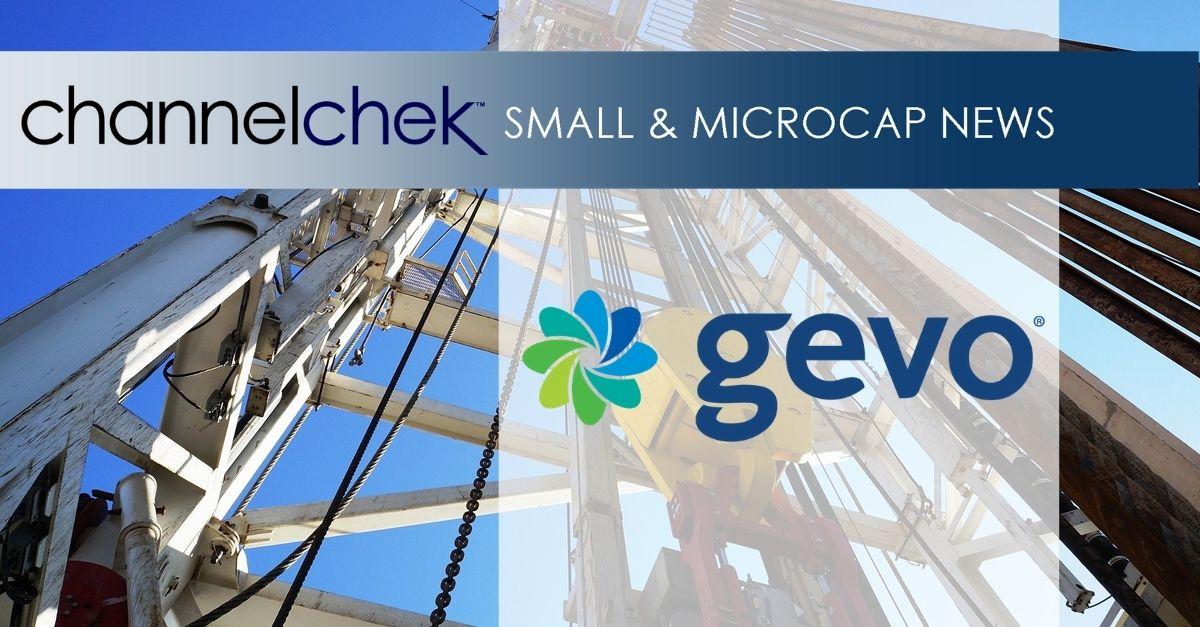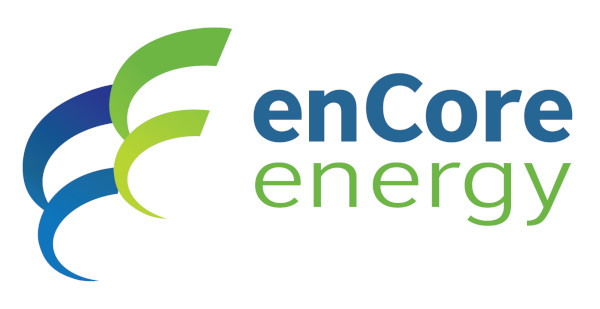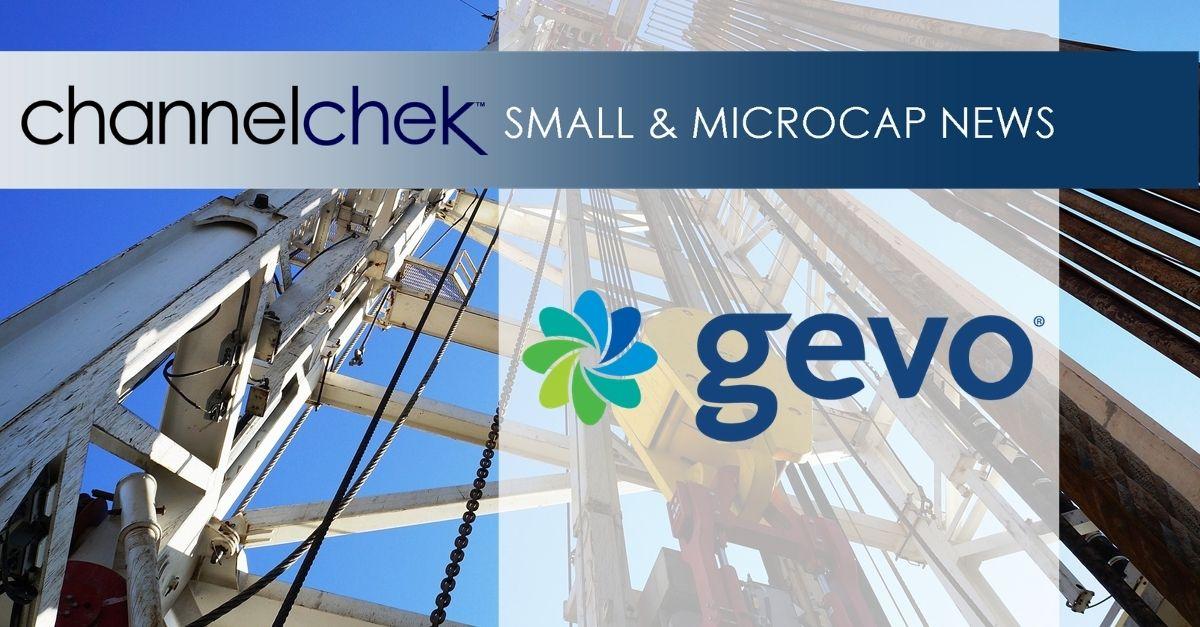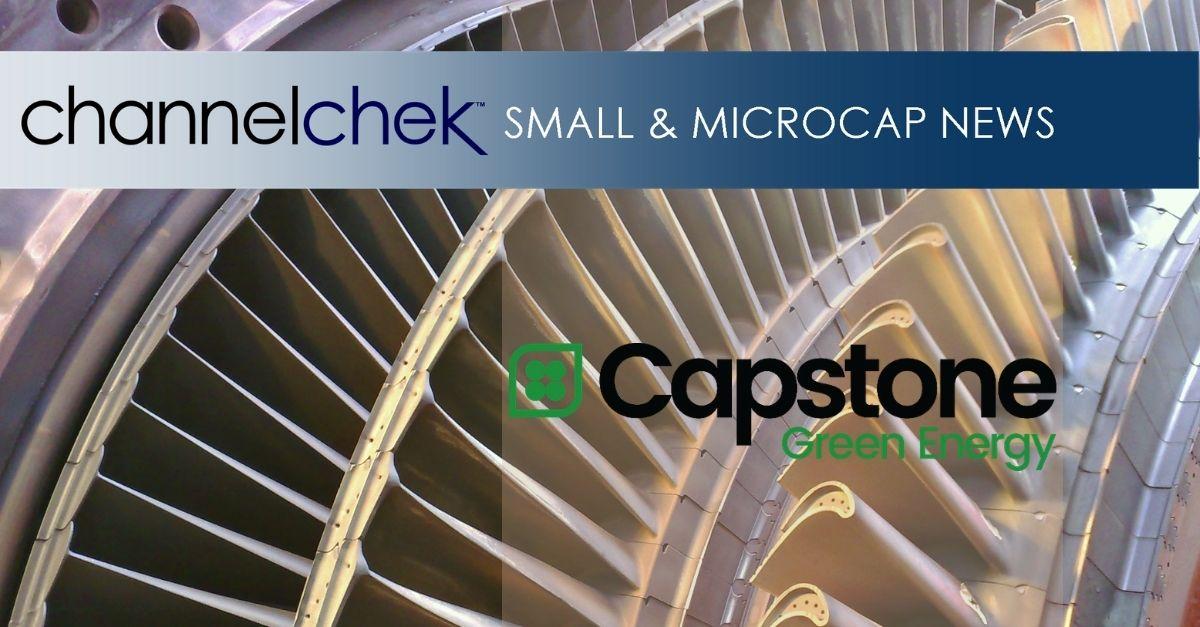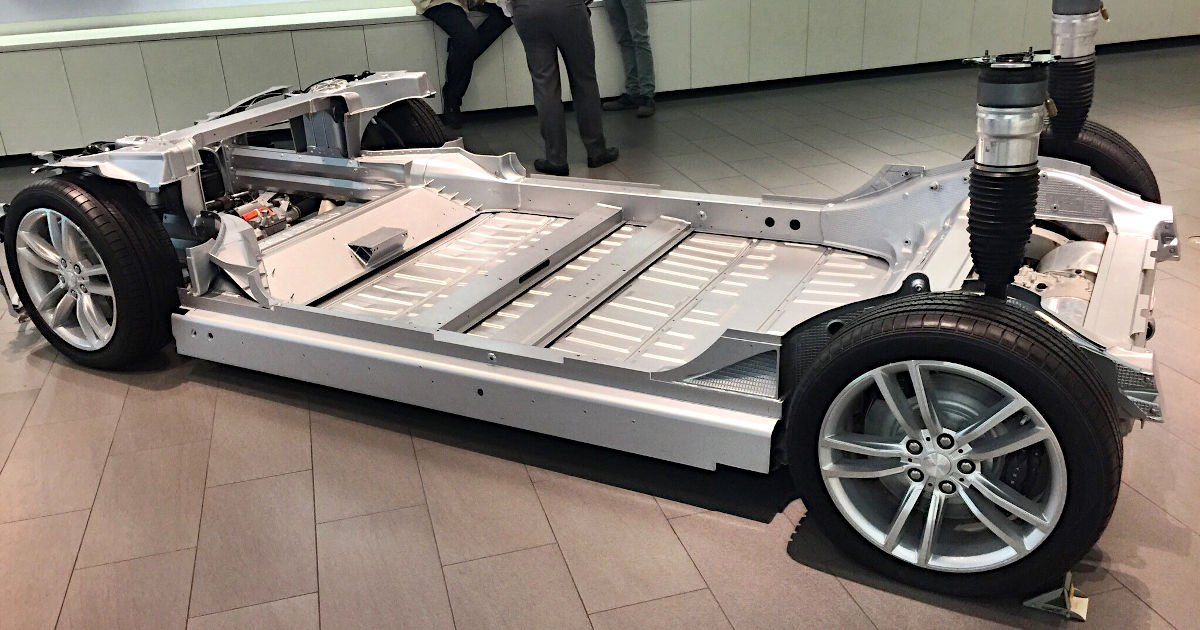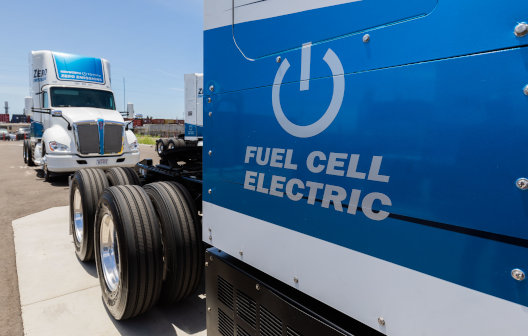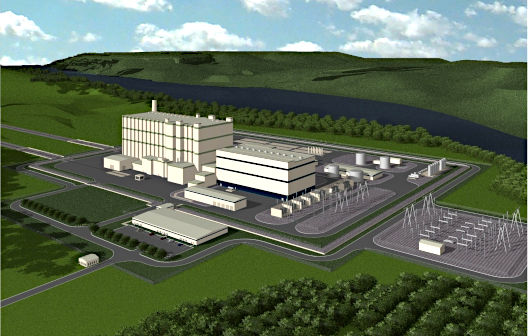
Capstone Green Energy (NASDAQ:CGRN) Receives Follow-on Order for 800kW Energy System at Korean Sewage Treatment Plant
Green Energy System Will Use Biogas to Generate Electric and Thermal Energy
VAN NUYS, CA / ACCESSWIRE / November 22, 2021 / Capstone Green Energy Corporation (www.CapstoneGreenEnergy.com) (NASDAQ:CGRN), (“Capstone,” the “Company,” “we” or “us”), a global leader in carbon reduction and on-site, resilient green energy as a service, today announced that its Distributor in Korea, CY Tech, has obtained a follow-on order for a Capstone 800kW green energy system for installation at the Noksan Sewage Treatment Plant in Busan, Korea. The new installation follows the successful implementation of a 600kW energy system at the Nambu Sewage Treatment Plant, which is also located in Busan.
According to the World Resource Institute, the world needs more energy to support growing populations and expanding cities. Using waste for energy is a cheap, renewable, and readily available form of energy for many cities. Since sewage treatment plants can use biogas generated from their own sludge to power their operations, it allows them to be energy self-sufficient. This ensures that a sewage plant’s primary function — removing pollutants and disease-causing pathogens — is not interrupted by surrounding power outages.
According to the EPA, methane makes up 16 percent of global greenhouse gas emissions, and it’s extremely potent-about 30 times more powerful than carbon dioxide. Sludge-to-energy systems harness this methane for energy instead of letting it escape into the atmosphere, where it would fuel climate change. Although methane releases carbon dioxide when harnessed for energy, the net emissions are negligible if methane-rich biogas is being used in place of fossil fuels in solutions like Capstone energy systems.
The Noksan site, which is capable of processing sludge at 160,000 m3/day, will use the biogas produced in the digestion process as fuel to provide on-site power for the 15-building treatment facility as well as the heat required for the digester. The new system will replace an aging digester with a new one in combination with the system installation.
Because the plant is located within the city of Gangseo-gu, Capstone Green Energy systems were selected for their low noise impact and low environmental impact. The system expansion is expected to be commissioned in September of 2022.
“The original Capstone Green Energy systems we installed has been working so well, we thought it was a sound investment to expand our capacity,” said Ohjun Kwon, Project manager of Busan Noksan Sewage Treatment Plant. “We chose Capstone’s technology for its strong performance, reliability, low noise, and minimal maintenance intervals, which have proven successful operation in several domestic sites.”
“Wastewater treatment plants like the one in Busan have a unique opportunity to take advantage of their methane-rich biogas, which offers a free, renewable fuel source for producing heat and electricity,” said Darren Jamison, Chief Executive Officer of Capstone Green Energy. “Not only does it help reduce operational costs, but it also provides an important step forward in the fight against climate change by eliminating waste gas, which could otherwise be a global warming pollutant.”
About Capstone Green Energy
Capstone Green Energy (www.CapstoneGreenEnergy.com) (NASDAQ: CGRN) is a leading provider of customized microgrid solutions and on-site energy technology systems focused on helping customers around the globe meet their environmental, energy savings, and resiliency goals. Capstone Green Energy focuses on four key business lines. Through its Energy as a Service (EaaS) business, it offers rental solutions utilizing its microturbine energy systems and battery storage systems, comprehensive Factory Protection Plan (FPP) service contracts that guarantee life-cycle costs, as well as aftermarket parts. Energy Generation Technologies (EGT) are driven by the Company’s industry-leading, highly efficient, low-emission, resilient microturbine energy systems offering scalable solutions in addition to a broad range of customer-tailored solutions, including hybrid energy systems and larger frame industrial turbines. The Energy Storage Solutions (ESS) business line designs and installs microgrid storage systems creating customized solutions using a combination of battery technologies and monitoring software. Through Hydrogen & Sustainable Products (H2S), Capstone Green Energy offers customers a variety of hydrogen products, including the Company’s microturbine energy systems.
For customers with limited capital or short-term needs, Capstone offers rental systems; for more information, contact: rentals@CGRNenergy.com. To date, Capstone has shipped over 10,000 units to 83 countries and estimates that, in FY21, it saved customers over $217 million in annual energy costs and approximately 397,000 tons of carbon. Total savings over the last three years are estimated to be approximately $698 million in energy savings and approximately 1,115,100 tons of carbon savings.
For more information about the Company, please visit www.CapstoneGreenEnergy.com. Follow Capstone Green Energy on Twitter, LinkedIn, Instagram, Facebook, and YouTube.
Cautionary Note Regarding Forward-Looking Statements
This release contains forward-looking statements as defined in the Private Securities Litigation Reform Act of 1995, including statements regarding expectations for green initiatives and execution on the Company’s growth strategy and other statements regarding the Company’s expectations, beliefs, plans, intentions, and strategies. The Company has tried to identify these forward-looking statements by using words such as “expect,” “anticipate,” “believe,” “could,” “should,” “estimate,” “intend,” “may,” “will,” “plan,” “goal” and similar terms and phrases, but such words, terms and phrases are not the exclusive means of identifying such statements. Actual results, performance and achievements could differ materially from those expressed in, or implied by, these forward-looking statements due to a variety of risks, uncertainties and other factors, including, but not limited to, the following: the ongoing effects of the COVID-19 pandemic; the availability of credit and compliance with the agreements governing the Company’s indebtedness; the Company’s ability to develop new products and enhance existing products; product quality issues, including the adequacy of reserves therefor and warranty cost exposure; intense competition; financial performance of the oil and natural gas industry and other general business, industry and economic conditions; the Company’s ability to adequately protect its intellectual property rights; and the impact of pending or threatened litigation. For a detailed discussion of factors that could affect the Company’s future operating results, please see the Company’s filings with the Securities and Exchange Commission, including the disclosures under “Risk Factors” in those filings. Except as expressly required by the federal securities laws, the Company undertakes no obligation to update or revise any forward-looking statements, whether as a result of new information, changed circumstances or future events or for any other reason.
CONTACT:
Capstone Green Energy
Investor and investment media inquiries:
818-407-3628
ir@CGRNenergy.com
SOURCE: Capstone Green Energy Corporation
